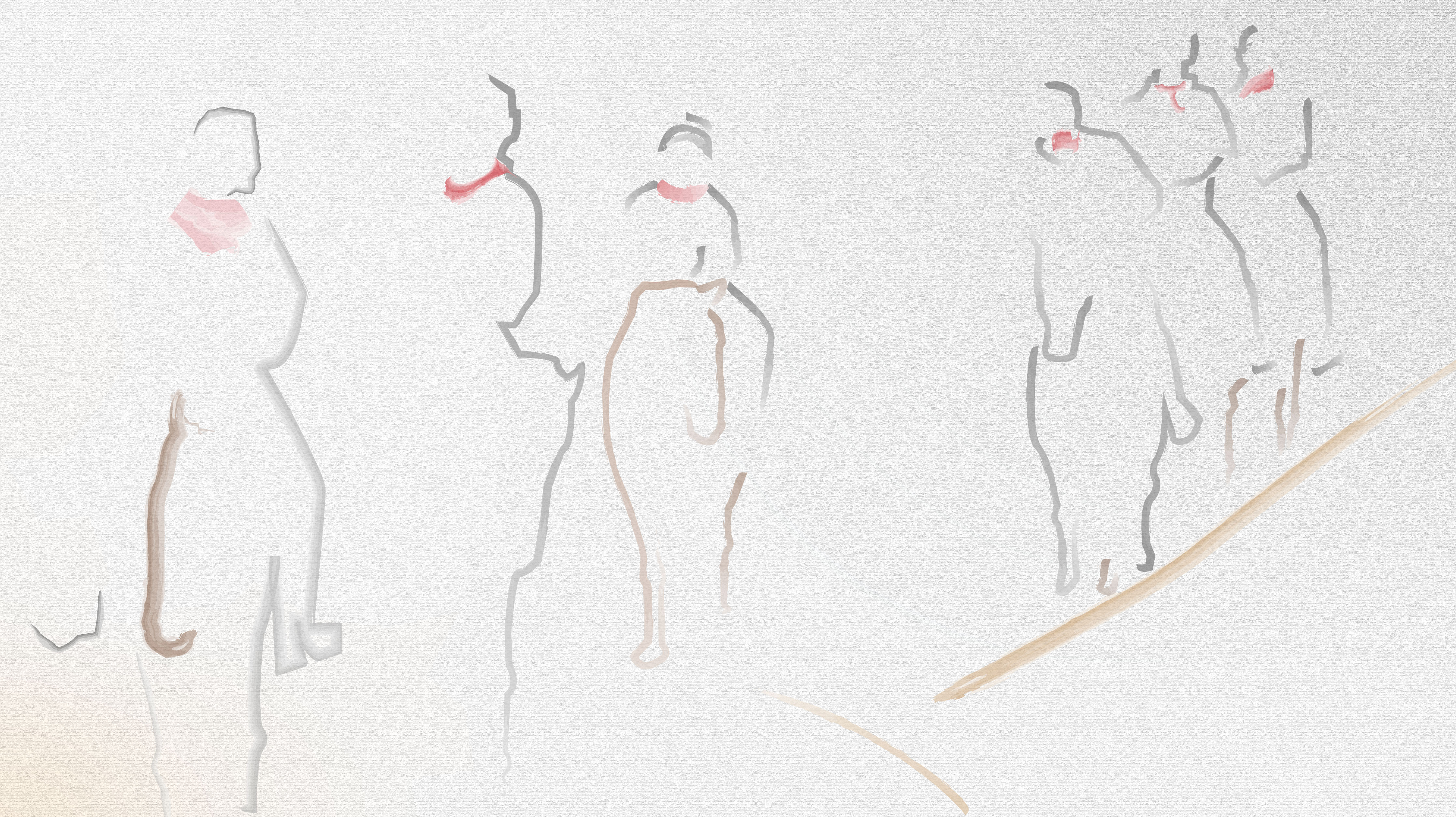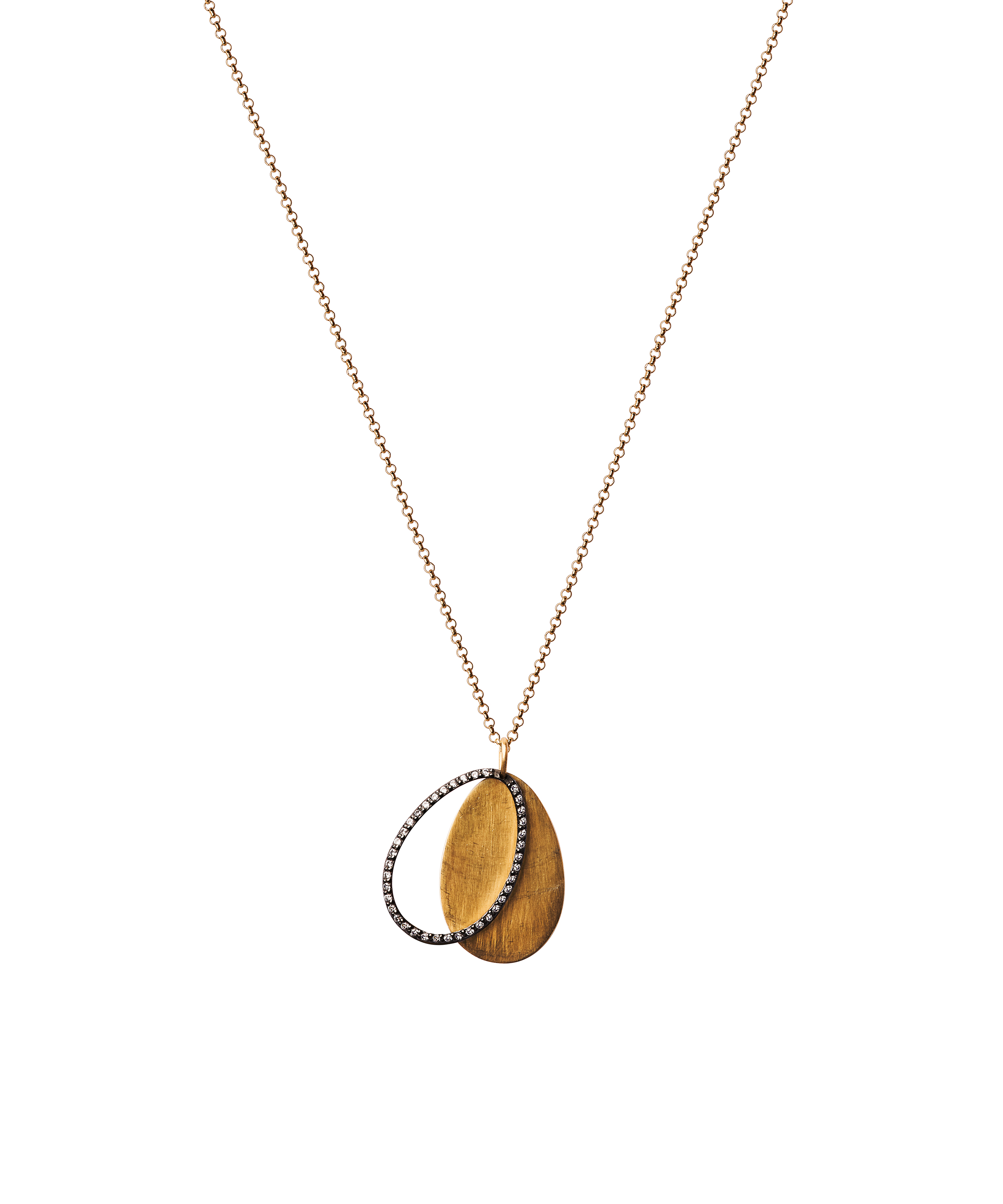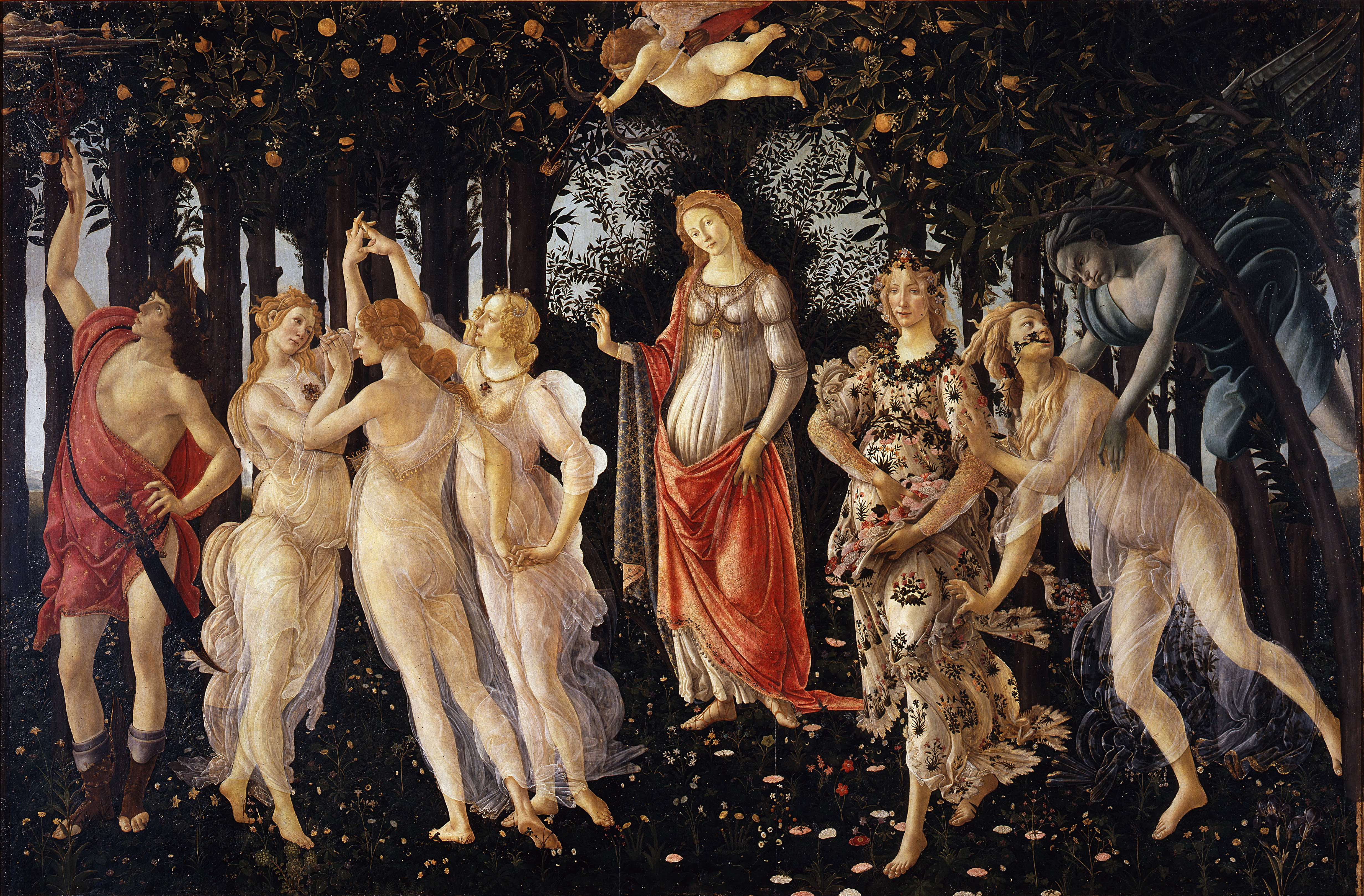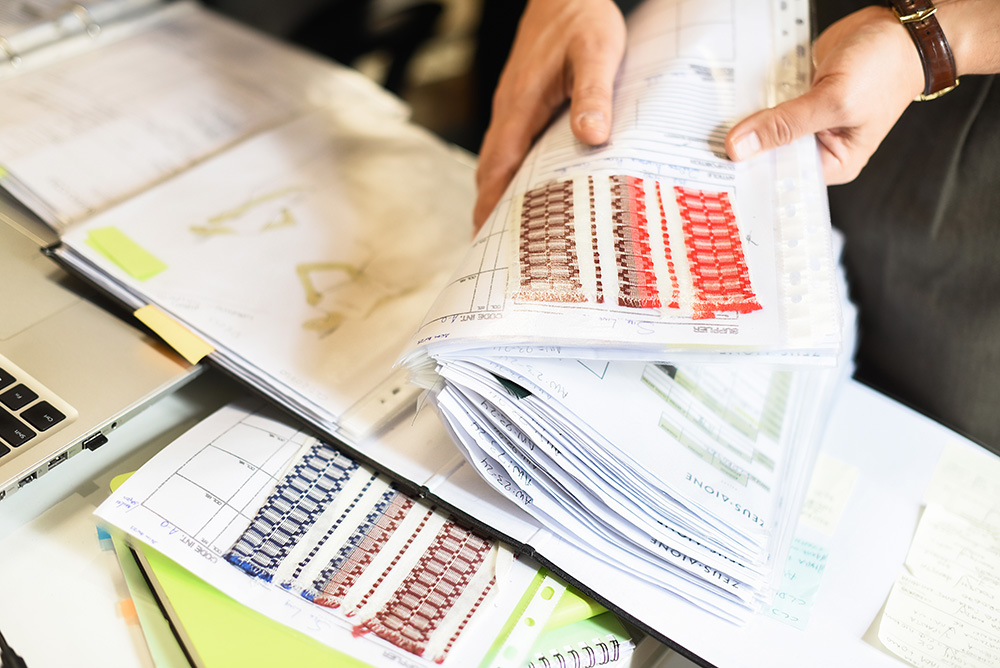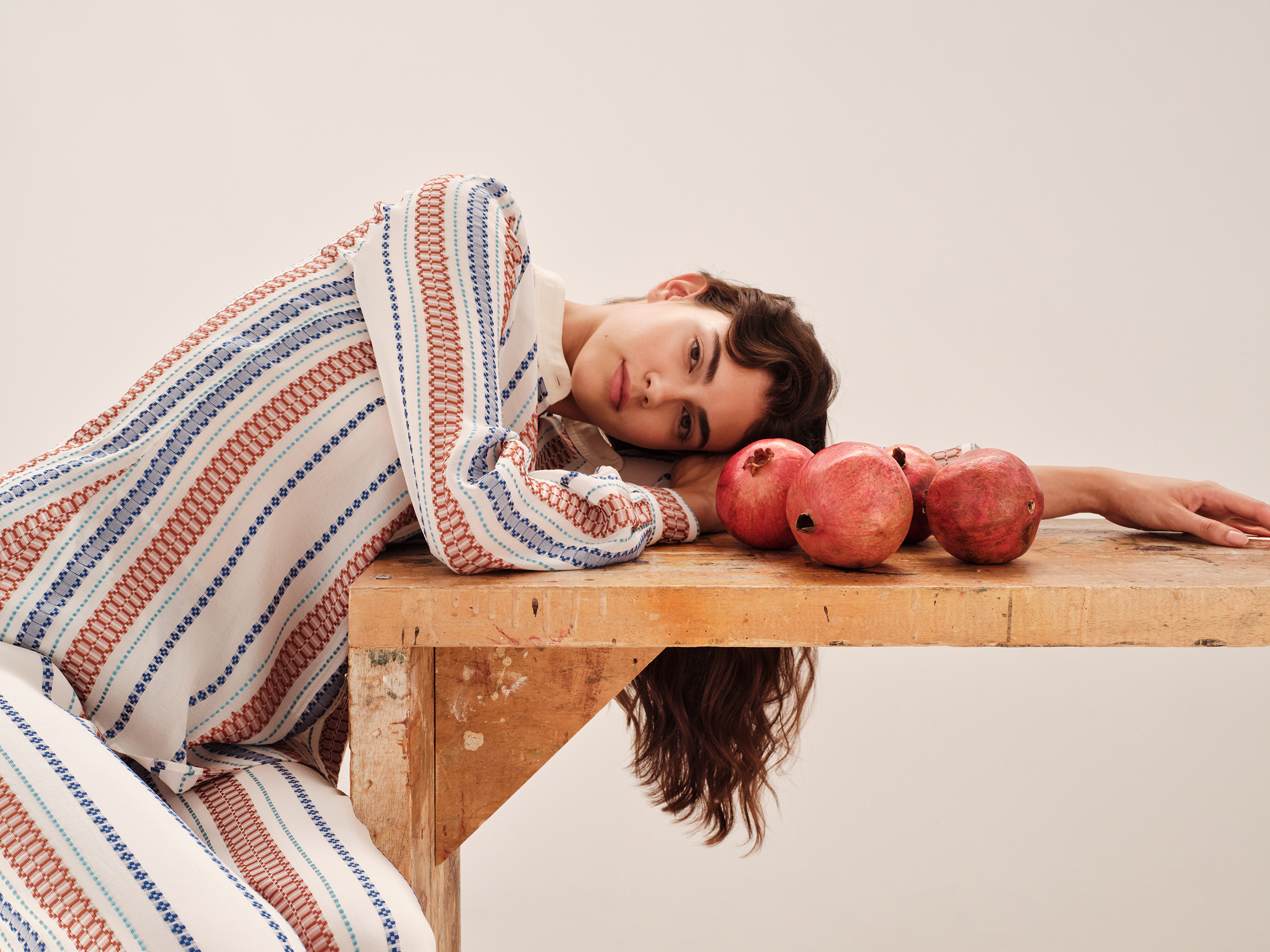“Panigyri” season has come!
Panigyri (noun) feast day, festival, celebration.
With its precise roots lost in the mists of time, a Panigiri provides an authentic experience you should not miss during your summer holidays in Greece. These special festivals are held throughout the year and are attended by all ages from toddlers to their great-grandparents. However, the biggest and most spectacular ones, are held at the summer’s peak on the 15th of August to celebrate the assumption of the Virgin Mary. It’s a blending of a religious ceremony and social gathering you will always carry in your heart. Our 4 favourite panigyria of mainland Greece for Assumption Day are:
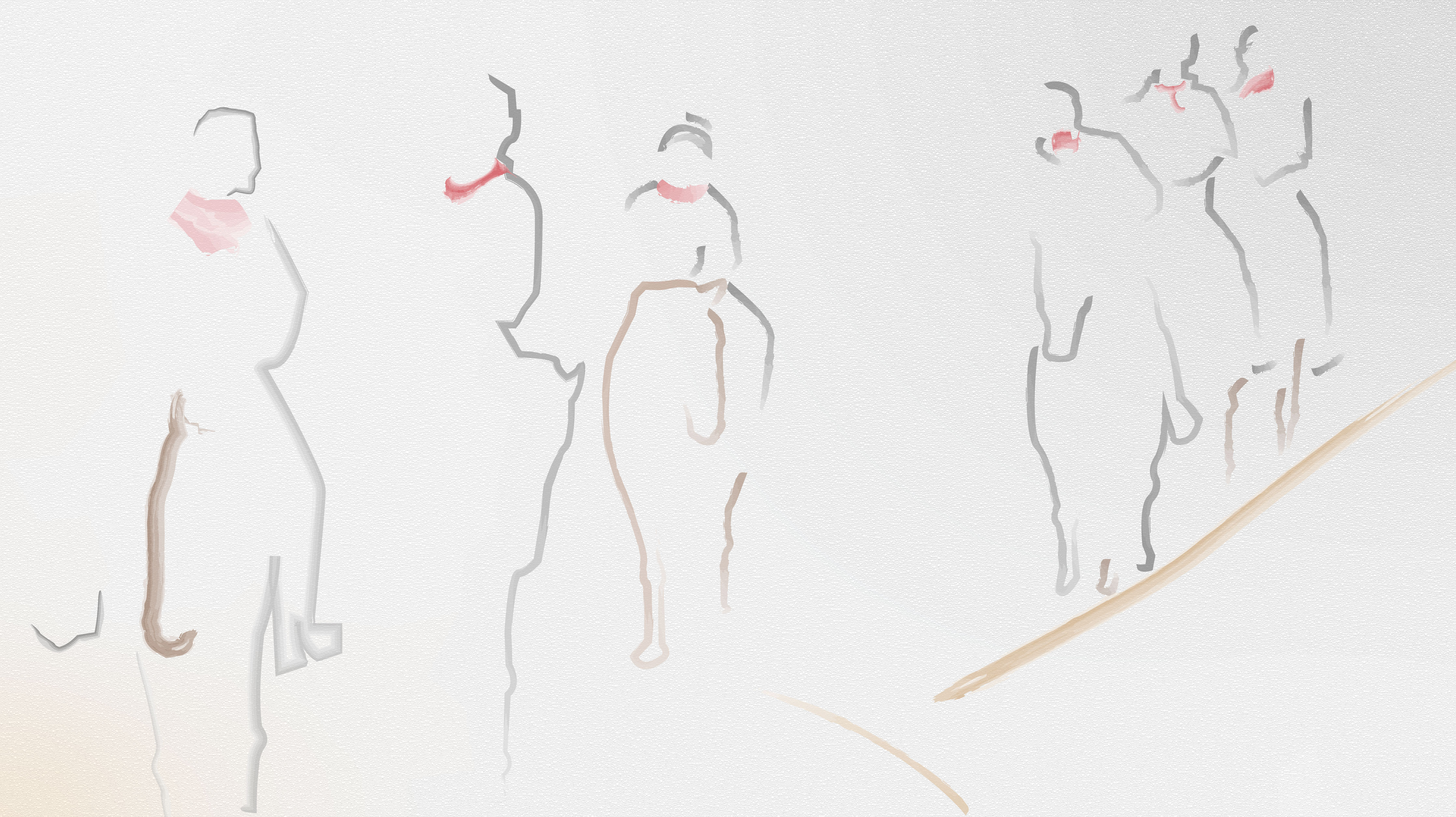
The horsemen of Siatitsa (Kozani)
In the small picturesque town of Siatista in northwestern Greece, local men, known as “kavalarides”, ride their adorned horses up to the Monastery of the ‘Dormition of the Virgin’. The horsemen are training their animals for weeks before this event and on the eve of the 15th, the town attracts groups of horsemen, who lure local people and guests to the feast. On the day of the Assumption, the riders start out in the morning to worship the image of the Virgin Mary Monastery located in Mikrokastro. Afterwards, they return on their horses into Siatista, showing off their skills in the town’s central square. The celebrations continue until early in the morning.

Dancing until the morning light in Soufli (Evros)
In the region of Evros, festivals for the Assumption Day are held in Soufli, and more precisely in the settlements of Palli, Therapei and Selio Trigonou. Fueled by plentiful wine and food (often offered for free) they feature plenty of live traditional music by local musicians, heady dancing and enthusiasm that lasts long into the night. The local dishes include ‘Petoura’ or ‘Gioufkades’, a thick filo sheet of pastry made from dough with a rolling pin, and ‘Pligouri’ or ‘Bulgur’, boiled fine wheat dried in the sun and crushed in a hand mill. They are cooked either plain (like pilaf) or with various meats.
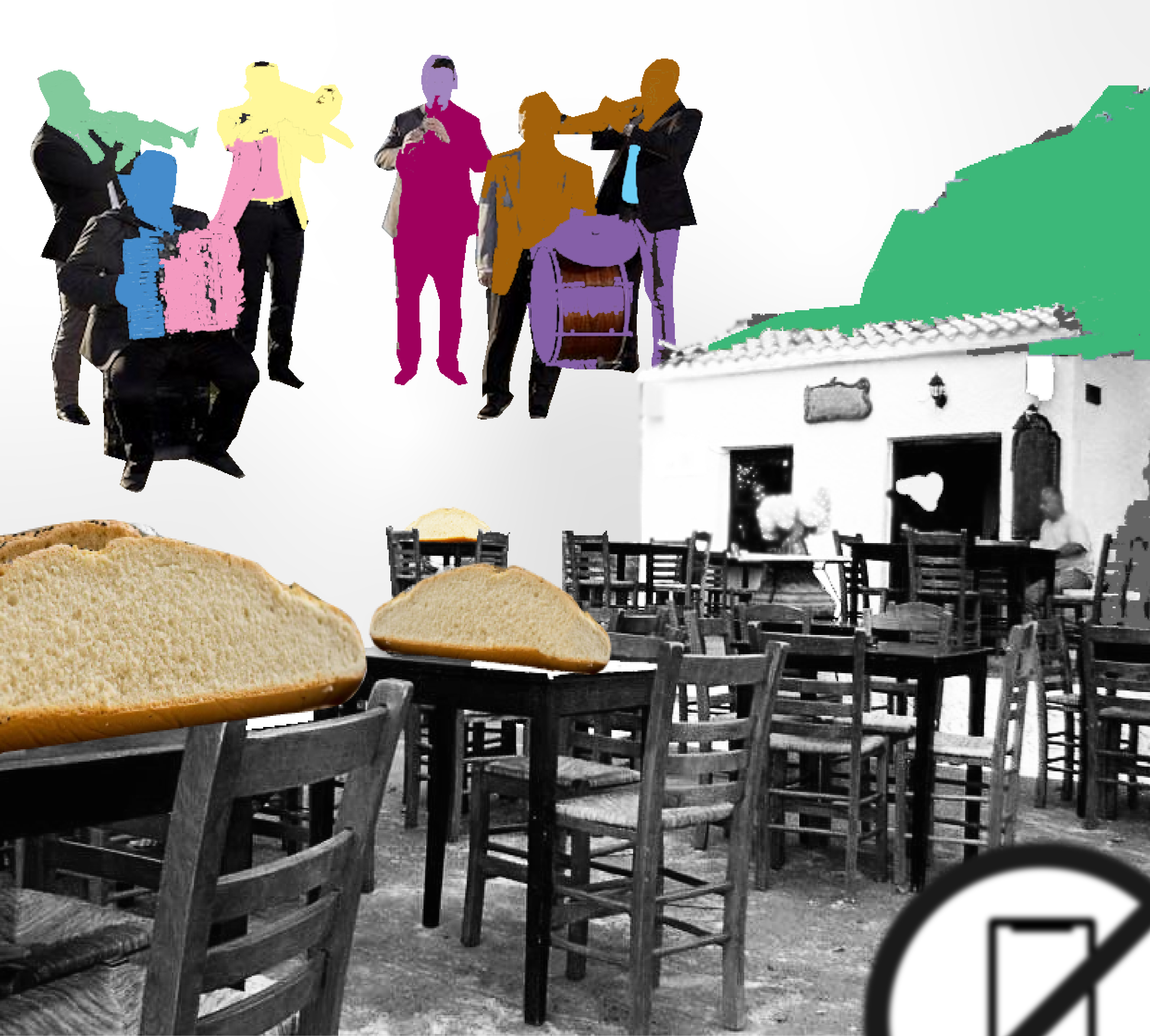
The “eptazimo” bread of Samothrace island
One of the most authentic qualities of this island is that, with phones turned off, groups gather at the village square, at kafeneia and at Vathres –those dreamy natural ponds with the clear deep turquoise waters–, to chat, play music, improvise, and dance. The biggest summer panigyri is the one of Virgin Mary on the 15th of August at Chora. It involves traditional music, dances and costumes, and turns into a feverish party. On that day, the locals make eptazimo bread, a special recipe which comes from Asia Minor, and they call “gourgi”. It is made with the same chickpea starter yeast, used to make rusks. It takes a lot of time to prepare this dough, up to 33 hours, thus in the past, it was mostly made on holidays or in other special occasions.
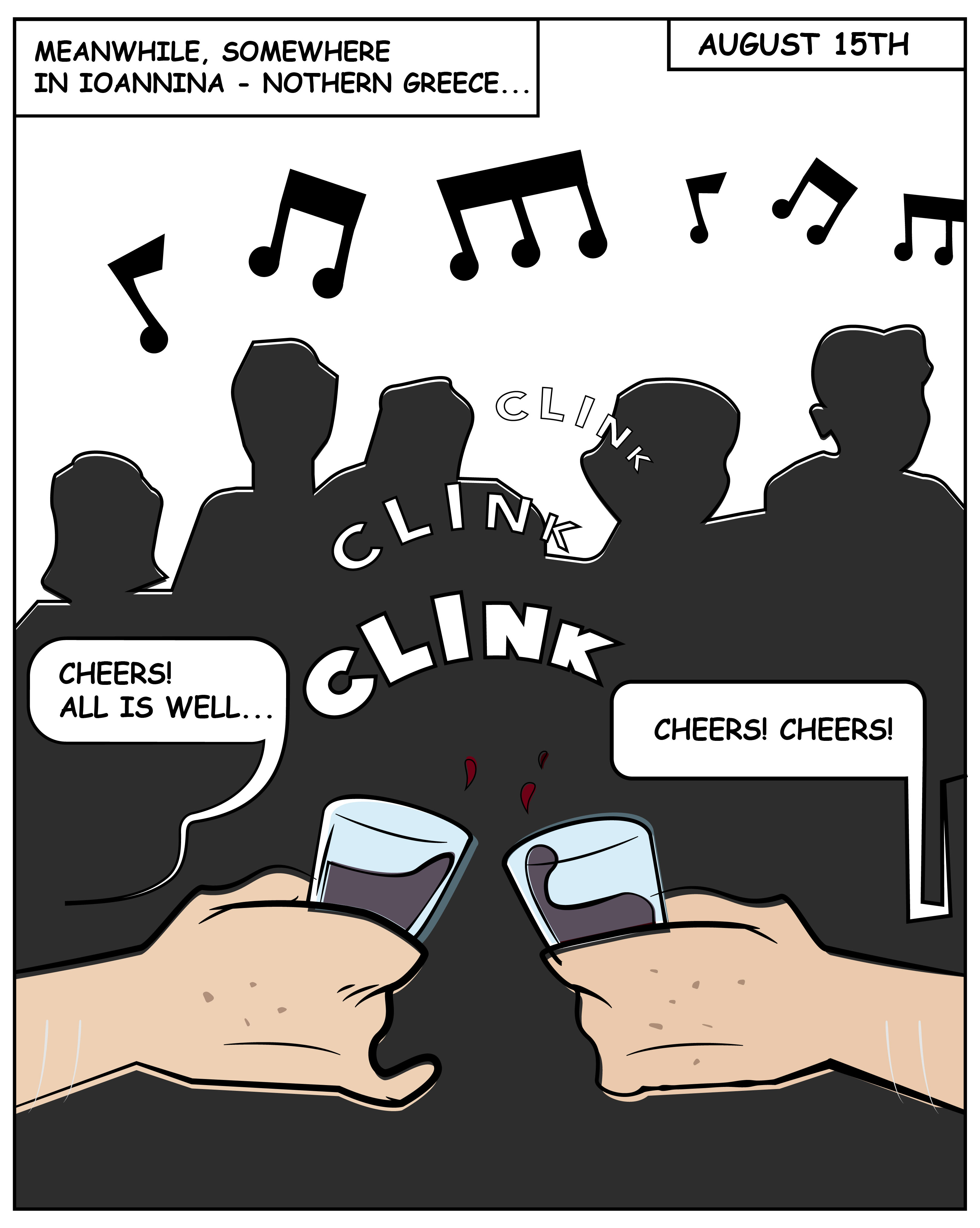
The “ntolia” of Paleopirgos Pogoniou (Ioannina)
In a small mountainous village nearby Ioannina, on Assumption Day, a custom called "Ntolia" – rooted in Ottoman Greece – takes place every year. According to custom, the “Ntoli pasha” as appointed by the elders, drinks three sips of wine, each time clinking with another attendee. After that, he dedicates a song or a positive wish to them and the feast begins. In turn, those who have clinked glasses dedicate songs to each other. In this way, misunderstandings are resolved, good vibes are spread among all villagers, and a great circle dance for the whole village begins.
